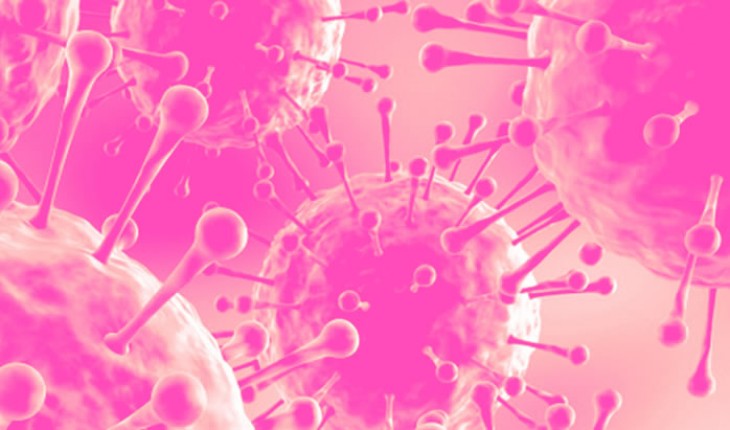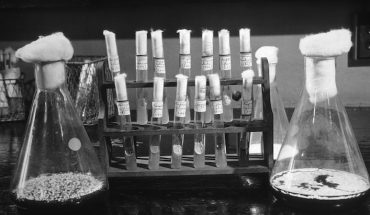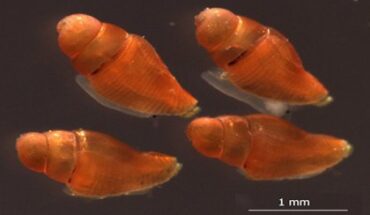A pharmacologist’s view of progress in gastrointestinal medicine over the past 30 years.
As a pharmacologist working in the Pharmaceutical industry for over thirty years, I have been witness to some key developments, particularly in the field of gastrointestinal (GI) medicine. In this article I would like to highlight the changes that have occurred both in medical and surgical practice in the GI area, largely in response to the development of evidence-based medicine.
In the 1970’s a considerable proportion of a GI surgeon’s time was taken up not only by ulcer-overseeing operations but often more extensive vagotomy or partial gastrectomy. Some of these patients developed severe post gastrectomy side effects, sometimes resulting in poor quality of life. The only drugs being used at that time to combat ulcer symptoms were conventional antacids and mucosal protectants. Although histamine was known to be involved in the gastric secretory process, conventional antihistamines did not block acid secretion. In the early 1960’s, this led researchers to postulate at least two types of histamine receptor and by the mid to late 1960’s the first viable histamine H2-receptor antagonist (H2RA), cimetidine (Tagamet™) had been developed at Smith Kline and French by Sir James Black and colleagues. This revolutionised the control of duodenal and gastric ulcer pain and symptoms and many ulcers were healed in the process. By blocking histamine H2 receptors, it was thought that this would adequately block the acid secretory process that was thought to be causing ulceration. However, this mechanism of blockade was one step back from the parietal cell in the stomach, where the acid was actually coming from, so a Swedish group set about finding a more direct blocker for the acid secretory process at the parietal cell level, and the first proton pump inhibitor (PPI), omeprazole (Losec™), was developed at Astra Hässle in Gothenburg (now AstraZeneca). This compound produced an irreversible blockade of acid secretion and proved to be almost 100 per cent effective for the healing of duodenal ulcer. Gastric ulcer proved more difficult to treat, however, and although it responded to treatment temporarily, the ulceration frequently recurred and caused problems.
From the beginning of the twentieth century, reports had appeared in the medical literature claiming that spirochaetal bacteria were present in the gastric ulcers of dogs and monkeys and at the same time similar organisms were found in human gastric carcinoma tissue. In the 1970’s Steer et al focussed attention on these organisms once more when they reported the presence of spiral bacteria in the stomach and their association with inflammation, but they were unable to culture the organisms in the laboratory. Soon after, the pathologist Robin Warren, from Perth Australia, noted the similarity between these spirochaetes and Campylobacter and his colleague, Barry Marshall, went on to cultivate the bacteria in his laboratory that we now know as Helicobacter pylori. Warren and Marshall proposed in a 1983 letter to The Lancet, that these organisms were linked to peptic ulcer disease and gastric cancer. The medical profession took a bit of convincing and Marshall subsequently drank a culture of the bacteria to prove the point that the bacterium caused inflammation of the gastric mucosa- he developed acute gastritis within eight days! At least the scientists were subsequently awarded the Nobel prize for medicine in recognition of their important discovery.
For the pharmaceutical industry, this discovery led to clinical trials of antibiotic treatment with and without the addition of acid inhibitors to the treatment. Cure rates with single antibiotics were disappointingly poor (0-35 per cent), so combined antibiotic regimens became the favoured treatment. As PPI’s have a direct antimicrobial action in addition to their anti-secretory effect on acid, they were combined with antimicrobials- usually two- to enhance their response. This ‘Triple therapy’ is now the most commonly used treatment for H.pylori infection. Now that medical treatment had become the norm for most ulcer treatment and cure, both the medical profession and the pharmaceutical industry prepared themselves for the next gastrointestinal challenge – one that was affecting an increasing number of the population – as many as 10 per cent, particularly in western countries- namely gastro-oesophageal reflux disease (GORD or GERD). Both medical and surgical therapy in the form of fundoplication had been used for treatment of GORD, but H2 receptor antagonists had not shown high efficacy and fundoplication was still quite a major operative procedure, again sometimes associated with severe side effects such as dysphagia. H2 receptor antagonists were soon superseded by PPI’s when they entered the market. An early comparison of PPI therapy with conventional fundoplication for GORD (the SOPRAN study) indicated that fundoplication was only slightly superior to medical therapy (remission rates 53 per cent and 45 per cent respectively), so PPIs were still considered to be a mainline therapy for GORD.
The development of less invasive laparoscopic surgical procedures for fundoplication, however, has led the medical profession to re-visit the comparison of fundoplication with medical therapy, as medical therapy treats only the symptoms of the disease rather than influencing the root cause. Believing that surgery should be compared with medical therapy in a controlled study to facilitate a truly evidence-based opinion about this, AstraZeneca sponsored a large study (the LOTUS study) comparing laparoscopic fundoplication (performed in a controlled manner) with its latest PPI, esomeprazole (Nexium™). The study was conducted over five years, allowing a considerable amount of efficacy and safety data to be collected. That was the last study I was involved with during my career in the industry and it has left a lasting impression on me as to how clinical research should be conducted- with care and precision and attention to detail. The study was conducted by top surgeons and gastroenterologists whose main goal was scientific research rather than acquisition of funding. The investigators had full access to the data collected and its analysis and interpretation. The resultant comparison of the two therapies did not come down strongly on either side, as like all therapies, each had benefits and side effects that were more apparent in some patients than in others. However, after five years of follow-up, the results were excellent with around nine out of 10 patients in remission irrespective of mode of therapy. The conclusion was that each patient should be treated on an individual basis and that they should be fully informed about the risks and benefits of medical or surgical therapy before deciding which route to take. The surgical route inevitably provides a more permanent solution, but with that come some irreversible side effects in some patients. At least medical therapy can be discontinued or changed if it is causing problems.
I feel privileged to have worked in gastrointestinal clinical research at a time when so much innovation came to the fore and novel treatments were validated in the best interests of patients. Today much more effective therapy can be offered to patients with acid-related disorders such as peptic ulcer and GORD, permitting a high quality of life.
- Antacids to fundoplication - 4th March 2016







